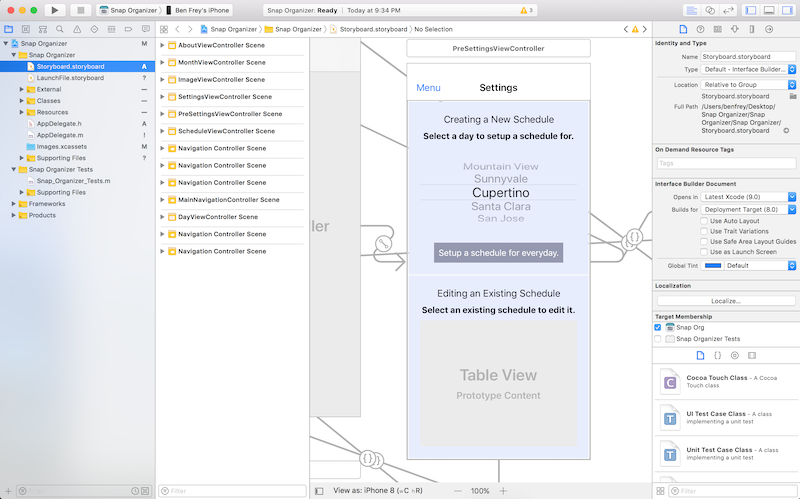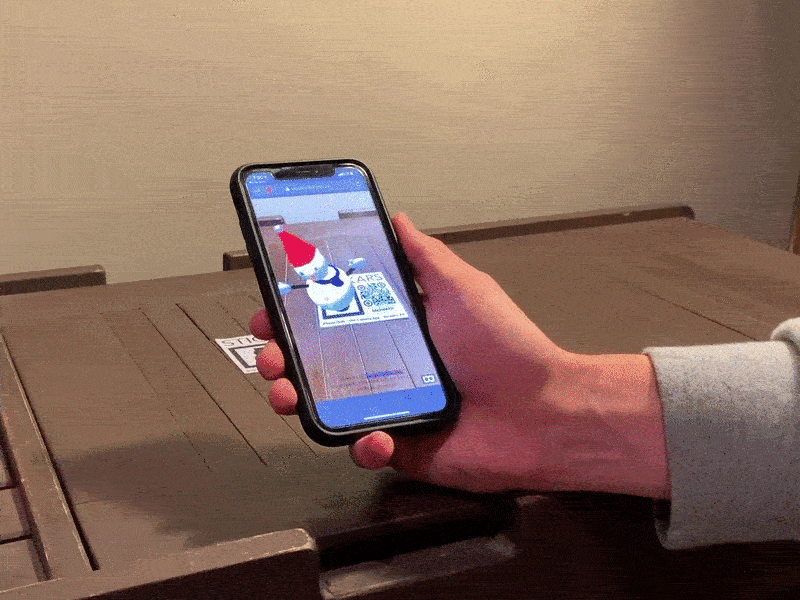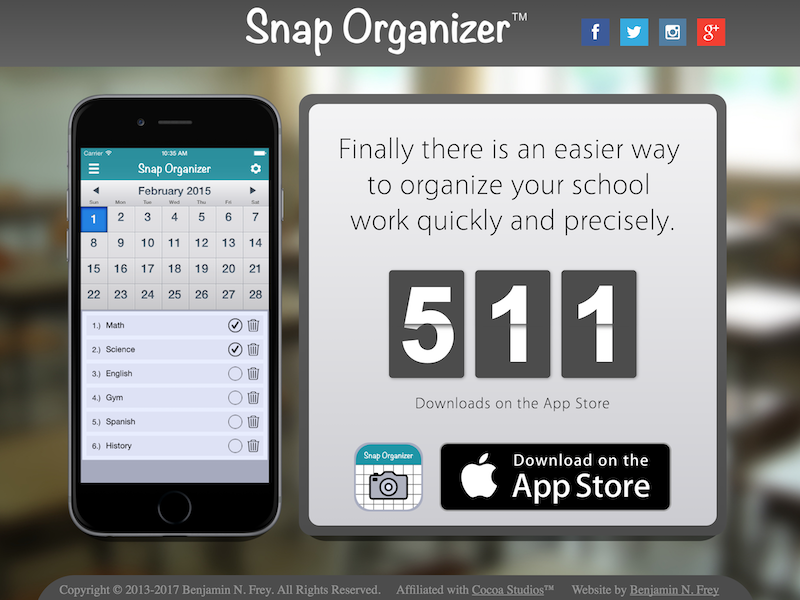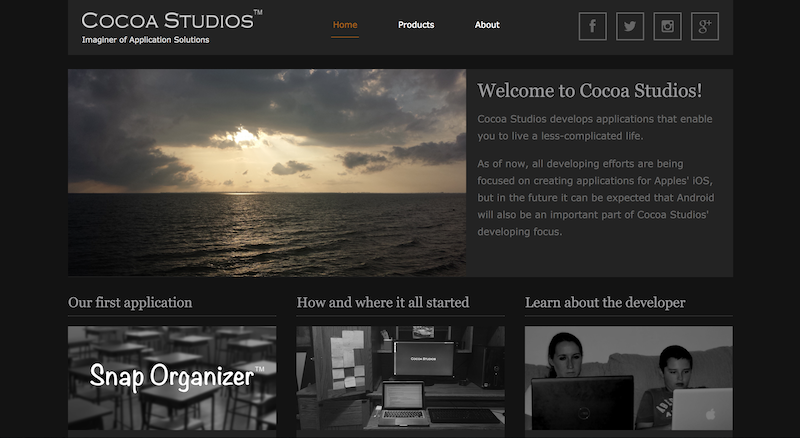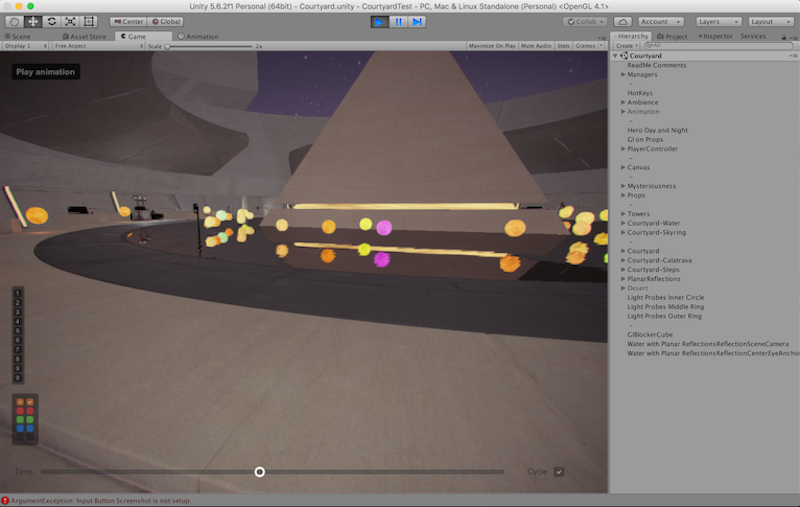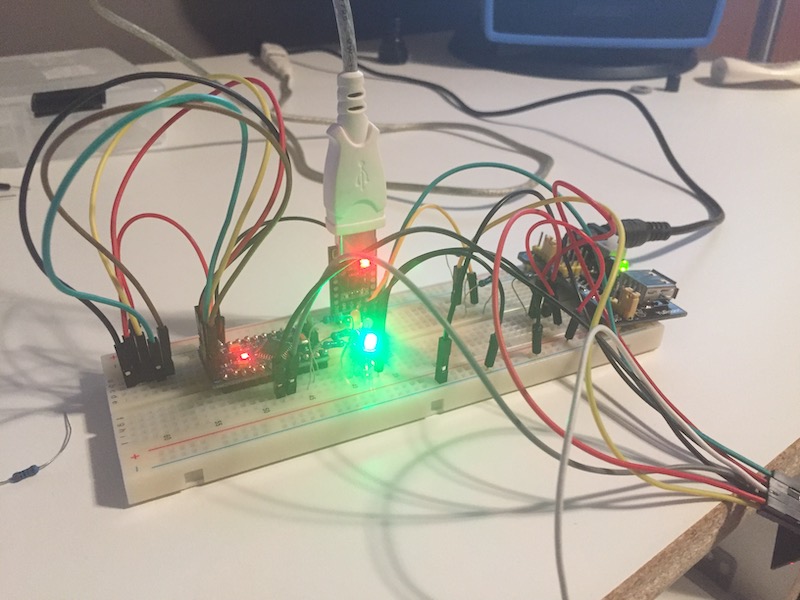Research
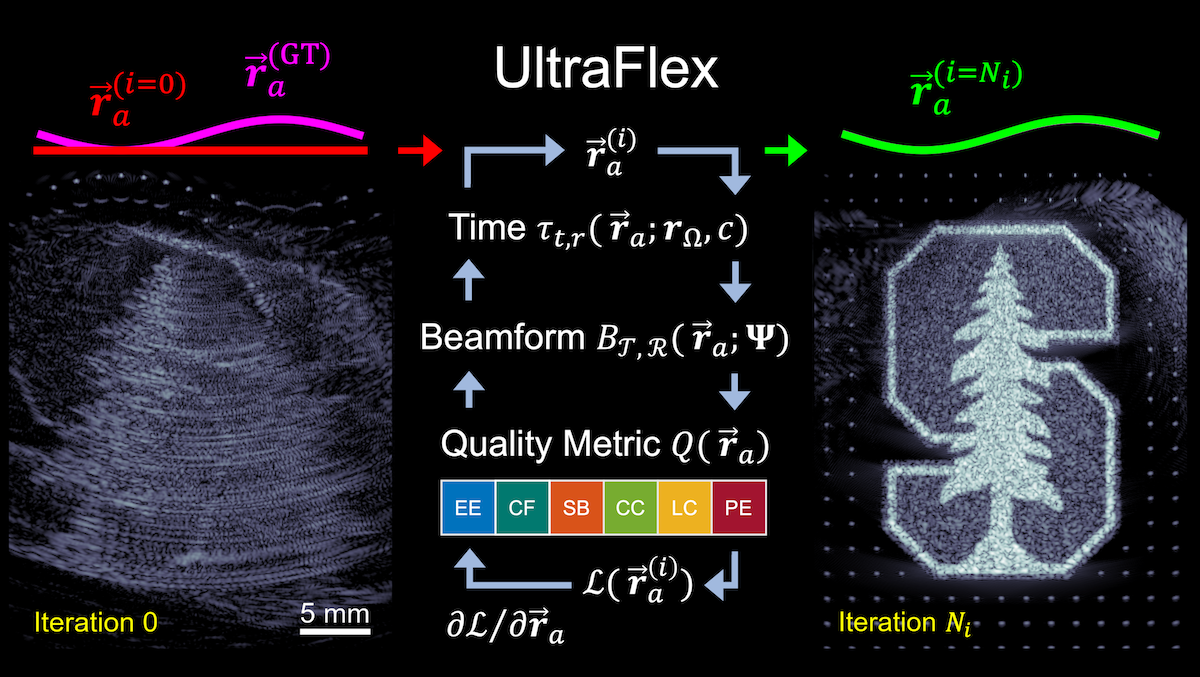
|
UltraFlex: Iterative Model-Based Ultrasonic Flexible-Array Shape Calibration
Benjamin N. Frey, Dongwoon Hyun, Walter Simson, Louise Zhuang, Hoda S. Hashemi, Martin Schneider, Jeremy J. Dahl, IEEE T-UFFC, 2025 UltraFlex is a framework for iterative model-based ultrasonic flexible-array shape calibration. |
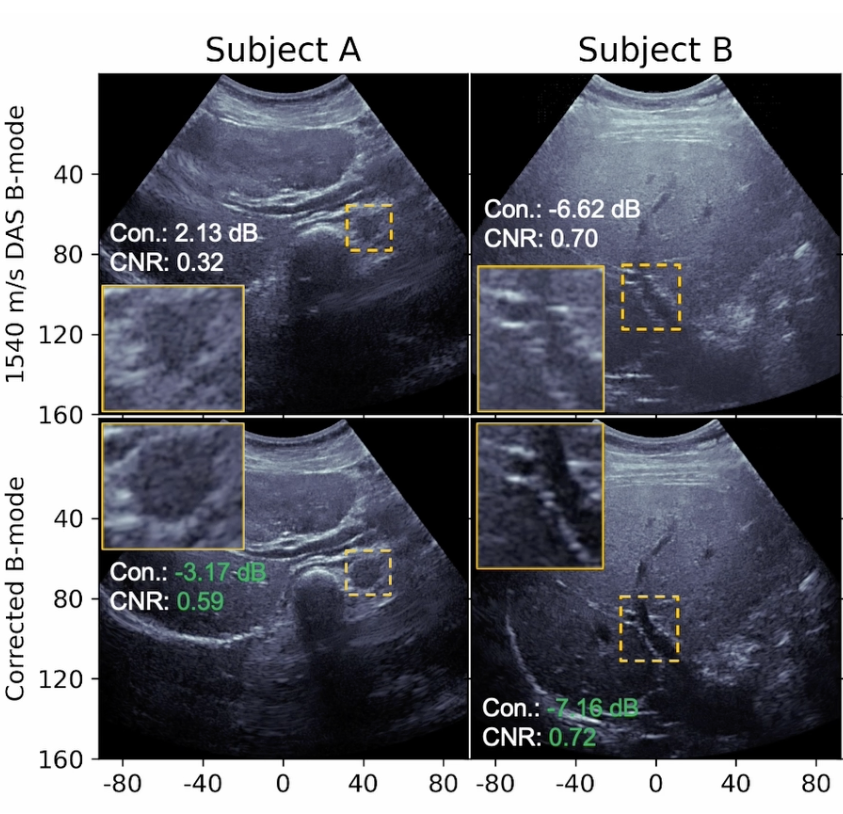
|
Distributed Aberration Correction in Liver Imaging via Iterative Model-Based Sound Speed Estimation
Benjamin N. Frey, Robin van Velzen, Peter Hedman, Jihye Baek, Hoda S. Hashemi, Martin Schneider, Sergio J. Sanabria, Jeremy J. Dahl, IEEE IUS, 2025 (Best Student Poster Award) Curvilinear ultrasound image autofocusing for aberration correction via sound speed estimation. |

|
Semicomputational calculation of Bragg shift in stratified materials
Benjamin N. Frey, Patrick Snyder, Klaus-Peter Ziock, Ali Passian, PRE, 2021 github / paper The response of an FBG sensor to arbitrary external stimuli represents a multiphysics problem without a known analytical solution despite the growing use of FBGs in classical and quantum sensing and metrology. Here, we study this problem by first presenting a solid mechanics model for the thermal and elastic states of a stratified material. Finally, we employ the computed surface stress and temperature distributions along the grating to analytically calculate the Bragg shift. |
Personal Projects
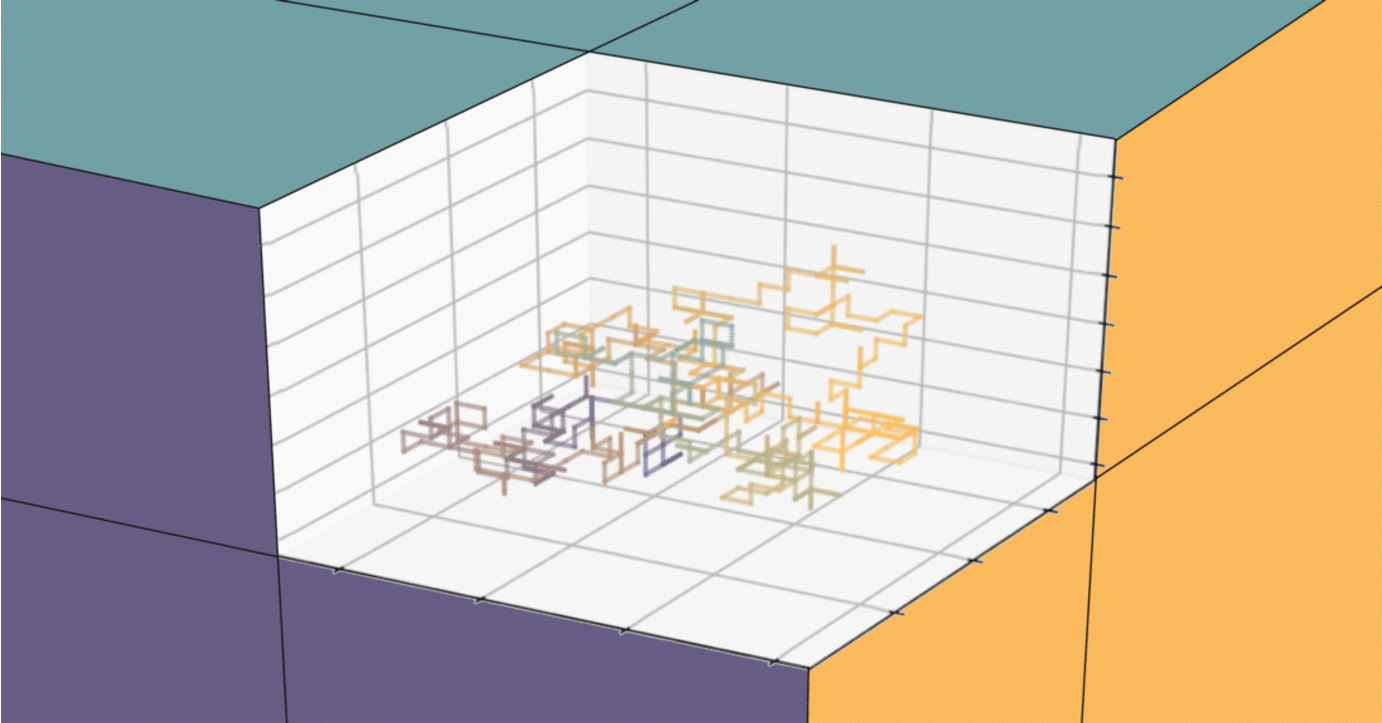
Compusim - Data Visualization Startup
In March of 2020, I started a data visualization company with the goal of creating engaging and elegant interactive data visualizations. I competed with this business concept in the Fowler Business Concept Challenge at The University of St. Thomas and was selected as a semifinalist.
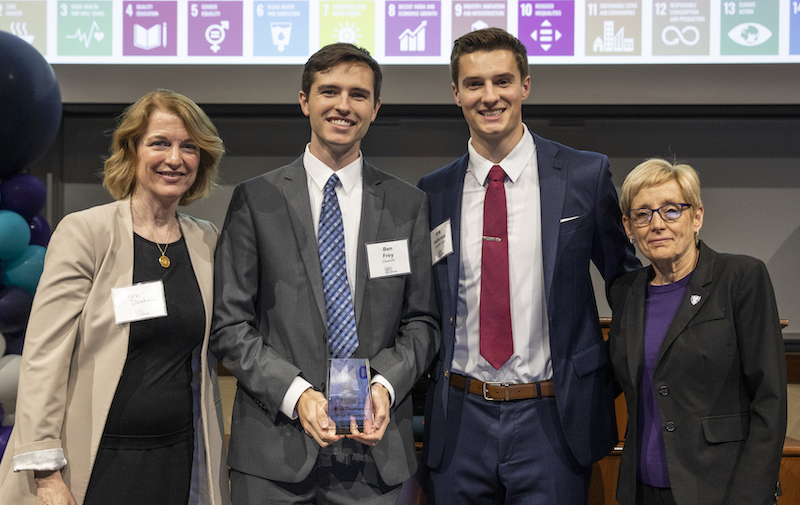
CleanAir - Sanitary Air Solutions
Over two billion people globally rely on open-fire cooking as their primary source of food preparation, presenting health concerns from toxic smoke inhalation. CleanAir, a company that aims to provide sanitary air quality in remote locations through the deployment of carbon credit financed solar cookstoves, finished runner-up in the FGSIC final awards ceremony.
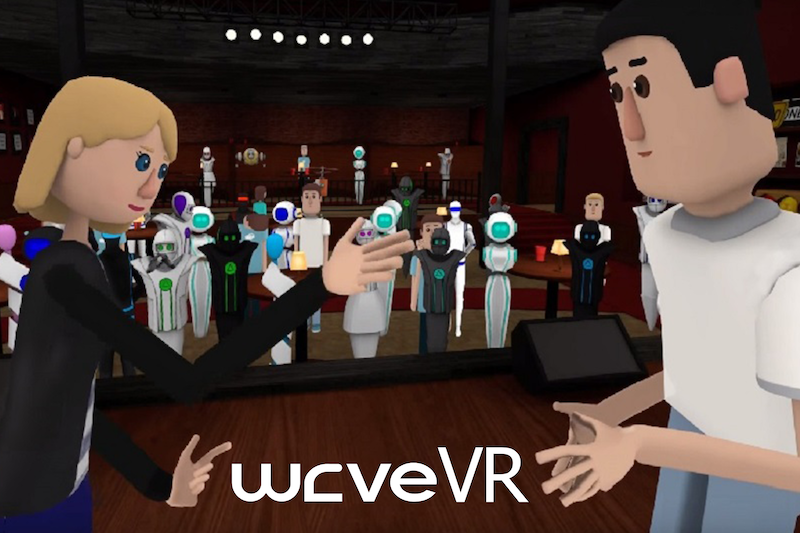
waveVR - Social Virtual Reality
As part of a startup business plan, my DECA partner and I created waveVR with the goal of bringing social virtual reality to everyone. By making inexpensive 3D printed headsets accessible to more people, we envisioned a world where everyone has access to an immersive and interactive platform, lowering barriers to education access.
Personal Photos

Family Reunion in Oregon
Picture of my immediate family at a reunion in Seaside, Oregon

Golfing with Family
Picture with my brother-in-law, sister, and father while golfing - one of my favorite hobbies
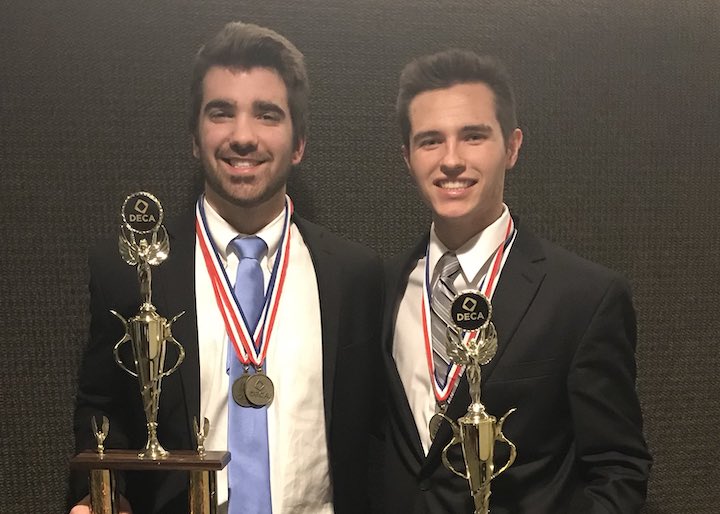
MN DECA State Finalists
Picture with my business partner and friend from Chanhassen High School after learning of our qualitifaction for the national DECA competition
Course Overview
Course List
Mathematics and Engineering Courses
- MATH 114 Calculus II (Fall 2018)
- ENGR 240 Circuit Analysis (Spring 2019)
- MATH 210 Intro to Differential Eq. & Systems (Summer 2019)
- MATH 240 Linear Algebra (Spring 2020)
- MATH 200 Multi-variable Calculus (Summer 2020)
Physics Courses
- PHYS 225 Applications of Modern Physics (Spring 2019)
- PHYS 215 Foundations of Modern Physics (Fall 2019)
- PHYS 341 Electricity and Magnetism (Fall 2019)
- PHYS 325 Methods of Computational Physics (Spring 2020)
- Assignment 7.1 - Animated Orbital System available on GitHub [phys325-orbital-system]
- PHYS 410 Statistical Mechanics (Spring 2020)
- PHYS 331 Theoretical Mechanics (Fall 2020)
- PHYS 342 Electromagnetic Waves (Spring 2021)
- PHYS 431 Quantum Mechanics (Spring 2021)
- PHYS 347 Optics (Fall 2021)
- PHYS 323 Methods of Experimental Physics (Spring 2022)
Mathematics Courses
- MATH 114 Calculus II (Fall 2018)
- MATH 210 Intro to Differential Eq. & Systems (Summer 2019)
- MATH 240 Linear Algebra (Spring 2020)
- MATH 200 Multi-variable Calculus (Summer 2020)
Computer Science Courses
- CISC 130 Introduction to Programming and Problem Solving (Fall 2019)
- CISC 230 Object‐Oriented Design and Programming (Spring 2020)
- CISC 231 Data Structures Using Object‐Oriented Design (Fall 2020)
- CISC 350 Information Security (Fall 2020)
- CISC 490 Computer Vision (Fall 2020)
- CISC 340 Computer Architecture (Spring 2021)
- Project #3 - CPU Architecture with Instruction Pipelining available on GitHub [benfrey/project-3---pipelining-team-03]
- CISC 380 Algorithms (Spring 2021)
- CISC 375 Web Development (Fall 2021)
- Project #3 - RESTful API Server available on GitHub [benfrey/cisc375-project3]
- CISC 420 Computer Graphics (Spring 2022)
- Project #2 - 3D Projections for Wireframe Rendering available on GitHub [benfrey/cisc420-3dprojections]
- CISC 480 Senior Capstone (Spring 2022)
University Core Courses
- SPAN 211 Intermediate Spanish 1 (Fall 2018)
- THEO 101 (J-Term 2020)
- THEO 228 (J-Term 2021)
- MGMT 362 Attract and Reward Talent (Fall 2021)
General Business Core Courses
- ACCT 210 Financial Accounting (Fall 2018)
- Business Learning Through Service (J-Term 2019)
- MS Excel Business Applications (J-Term 2019)
- BUSN 100 Business for the Common Good (Fall 2019)
- MGMT 200 Working Skillfully in Organizations (Fall 2019)
- BETH 300 Ethical Principles in Business (Spring 2020)
- BLAW 300 Law for Business Leaders I (Spring 2020)
- ACCT 200 Managerial Accounting (Summer 2020)
- OPMT 300 Operations and Supply Chain Management (Summer 2021)
- FINC 310 Core Financial Management (J-Term 2022)
Entrepreneurship Courses
- ENTR 260 Entrepreneurial Thinking (Spring 2019)
- ENTR 250 Fundamentals of Innovation (Fall 2020)
- ENTR 370 Entrepreneurial Financial Resource Management (Fall 2019)
- ENTR 250 Fundamentals of Innovation (Fall 2020)
- ENTR 355 Entrepreneurial Strategy (Fall 2020)
- ENTR 320 Technology Prototyping (Fall 2021)
- ENTR 450 Entrepreneurship: Management and Strategy (Spring 2022)
Honors Courses
- ENGL 203 HONORS City Lights: Urban Experience (Fall 2018)
- PHIL 115 HONORS Philosophy of Human Person (Spring 2019)
- PHIL 214 HONORS Introductory Ethics (Fall 2019)
Honors Seminars
- HONR 480 HONORS Exploring Identity (J-Term 2022)
- HONR 480 HONORS All Natural (Spring 2022)
- HONR 480 HONORS Future of US Healthcare (Spring 2022)
Graduated first in class from the Chanhassen High School Class of 2018 with a 4.0 GPA. DECA Co-President and and Student Council Vice President. Member of Key Club as well as National Honors Society, two community-focused volunteer organizations. I played baseball and basketball while attending Chanhassen High School.
Advanced Placement Tests
- Calculus BC (2018)
- Chemistry (2018)
- Computer Science A (2018)
- Computer Science Principles (2018)
- Psychology (2018)
- Statistics (2018)
- English Language and Composition (2017)
- Physics C: Electricity and Magnetism (2017)
- Physics C: Mechanics (2017)
- Calculus AB (2016)
- Physics 1 (2016)
College-Level Examination Program (CLEP) Tests
- History of the United States 1 (2018)
- Principles of Macroeconomics (2018)
- Principles of Microeconomics (2018)
- Principles of Marketing (2018)
Other Notable Courses
- Multivariable Calculus (2017-2018)
- Introduction to Programming in Java (2016)
- Marketing 1-3 (2016-201)
Featured Projects
- PHYS 325: Methods of Computational Physics | Assignment 7.1 - Animated Orbital System
- CISC 375: Web Development | Project #3 - RESTful API Server
- CISC 340: Computer Architecture | Project #3 - CPU Architecture with Instruction Pipelining
- CISC 420: Computer Graphics | Project #2 - 3D Projections for Wireframe Rendering
